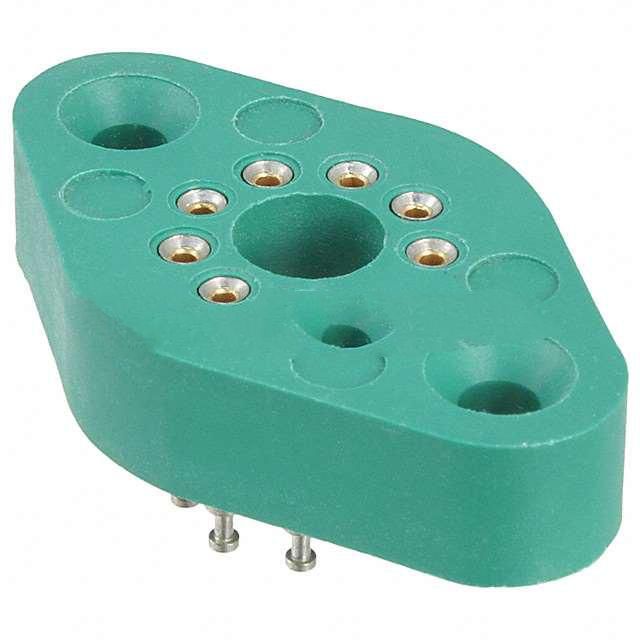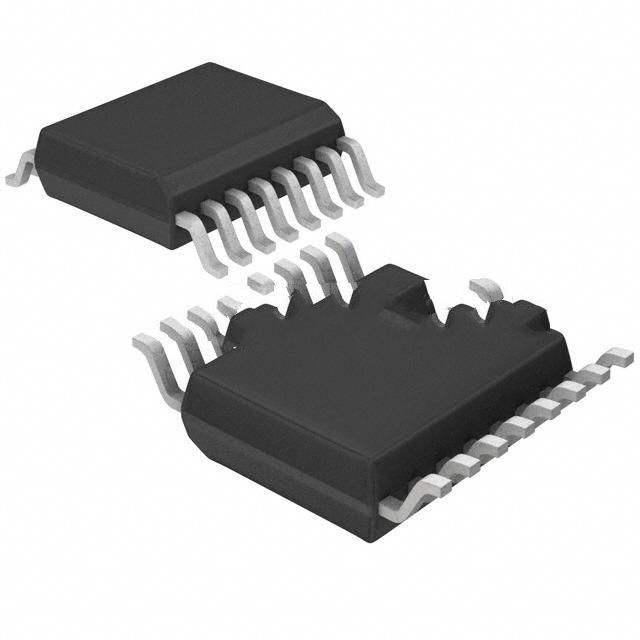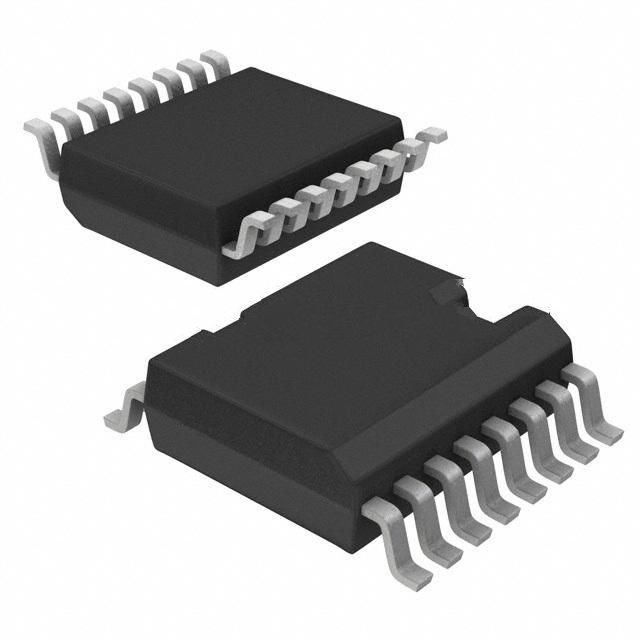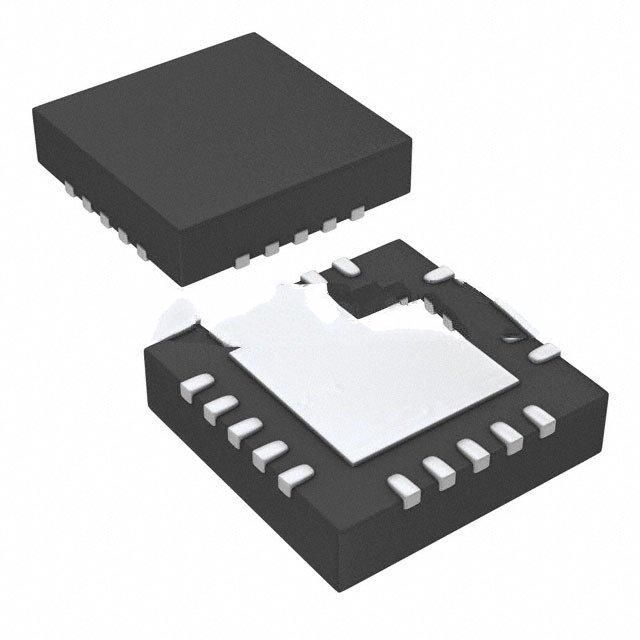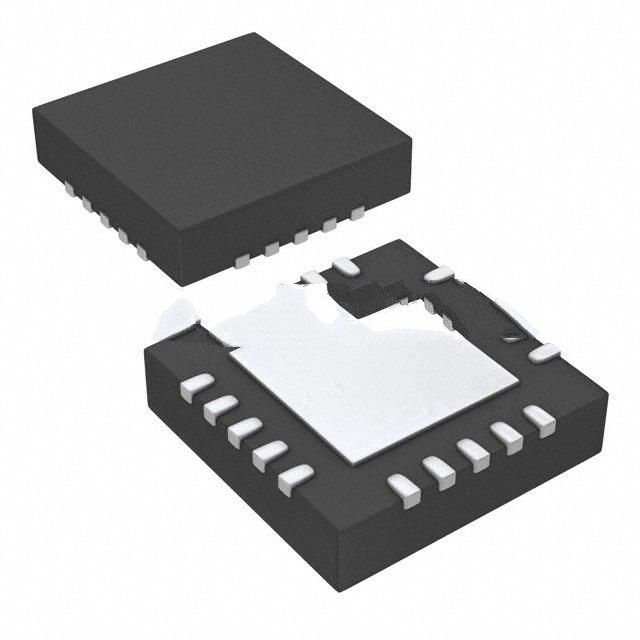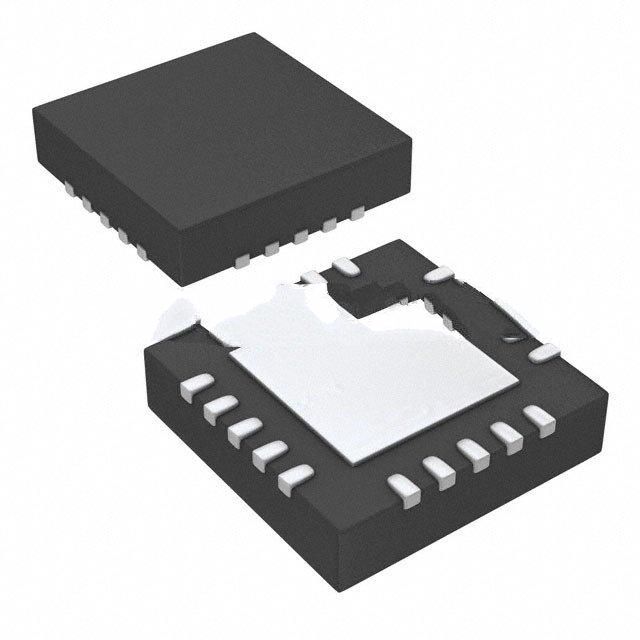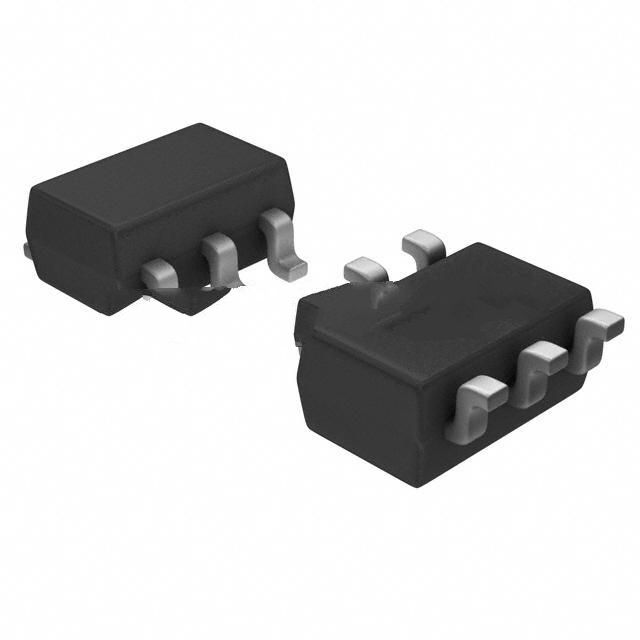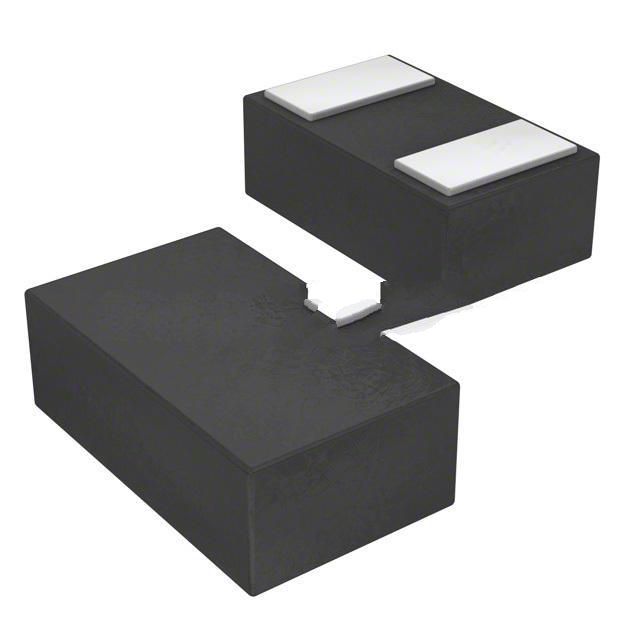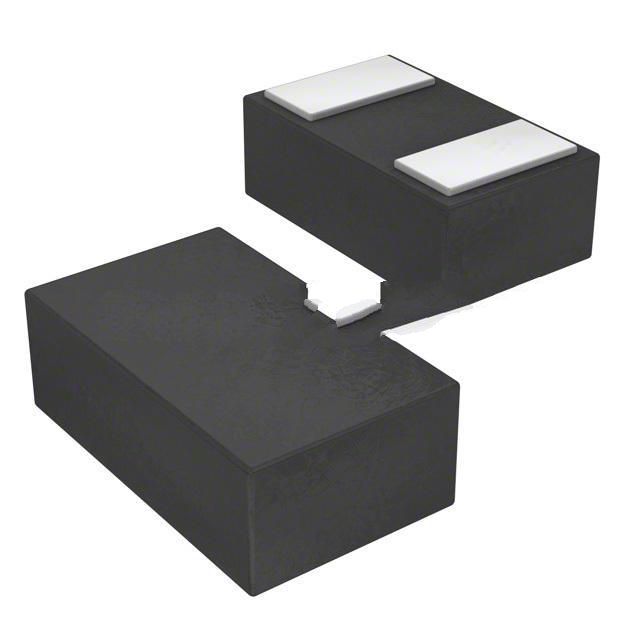The important role of semiconductors in the energy transition
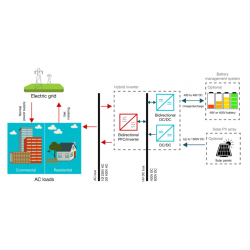
The important role of semiconductors in the energy transition
Semiconductors are revolutionizing the way we live, generate, store and consume energy.
The world is increasingly turning to renewable energy to reduce dependence on non-renewable fuels and combat climate change. Electrification is a key strategic direction in enabling this transformation, and semiconductors play a major role in revolutionizing the way we generate, store and consume energy.
Semiconductors, especially analog and embedded processing type products, are enabling electrification through smarter, more reliable and more convenient solar storage and electric vehicle charging systems. Challenges in the renewable energy sector include solving intermittent renewable energy issues, developing efficient energy storage solutions, integrating renewable energy into existing grids, and undertaking major infrastructure development.
On the other hand, advances in semiconductors bring opportunities to increase the efficiency and reduce costs of renewable energy applications. Smart grid technology, along with decentralized energy systems, can optimize energy distribution and enhance overall grid stability. The transition to electric vehicles offers important opportunities to adopt renewable energy sources and reduce emissions in the transportation sector. Ultimately, the expansion of renewable energy provides greater opportunities for sustainable economic growth, lower emissions, job creation and technological innovation, helping to create a cleaner, more sustainable energy future.
Semiconductors and Infrastructure
Texas Instruments Maneson highlights macro-level energy trends. He highlighted the energy transition, in which solar energy is becoming the fastest growing and largest source of energy in many parts of the world. As fossil fuels are replaced, high voltage inverters are now used in engineered systems to generate electricity. The rise of electric vehicles requires fast, reliable charging infrastructure, which needs to be combined with solar energy to ensure a sustainable power supply. Additionally, energy storage solutions are critical to effectively manage intermittent renewable energy and avoid unnecessary investment in new power lines. TI’s portfolio of analog and embedded processing products is well-positioned to support customers in their energy transition.
In the future energy ecosystem, customers face various opportunities and challenges in the field of renewable energy. Opportunities lie in promoting the energy transition and adopting technologies that optimize energy use and costs. On the other hand, challenges include ensuring energy independence, making decisions about energy storage or selling excess energy back to the grid, and optimizing system performance.
TI focuses on four key areas of the energy transition:
High Voltage Power Supplies: TI is committed to increasing power density, improving efficiency, reducing system size and enhancing the safety of energy applications. This includes real-time control, gate driver and isolation requirements.
Current and voltage sensing: To control and protect equipment, high-power converters require fast, accurate current sensing. TI offers air splitter-based and Hall-based current sensing technologies that are critical for solar and energy storage systems.
Edge processing: Interoperability and consumer control are critical to enabling a seamless energy transition. TI's family of low-power processing balances performance and energy efficiency, making it suitable for edge nodes in smart energy systems.
Connected products: TI's Wi-Fi, sub-1GHz and 2.4GHz technologies enable connectivity at edge nodes to facilitate intelligent decisions in energy management.
Finally, TI's technology also plays a critical role in monitoring and optimizing energy storage systems, especially those using lithium-ion batteries. Energy storage systems charge and discharge frequently, so monitoring batteries is critical to maintaining optimal performance.

Growing demand for smart, flexible and efficient energy infrastructure
Semiconductors and Solar Energy
Solar energy is expected to become the most common renewable energy source by 2030, and microinverters play a vital role in efficiently capturing and converting solar energy. The design challenge is to make these inverters smaller, more power dense, more reliable and more cost-effective to effectively support the energy transition.
Soundarapandian said the relationship between electric vehicle charging, solar energy and energy storage is a key advantage of the energy transition. As semiconductors advance, it becomes possible to create systems with high power density and low losses, enabling the integration of various energy sources and their efficient use in ecosystems. This means that the energy produced by the solar panels can be consumed within the house, used to charge electric vehicles and stored for later use. The concept of energy ecosystems allows for the efficient use and distribution of energy, benefiting not only individual households but also larger communities and regions.
Investments in third-generation semiconductors, high-voltage isolation, better sensing technology and other semiconductors are critical to achieving greater efficiency and scalability in the energy ecosystem. By improving the efficiency and use of energy, these advances make a significant contribution to the sustainable development goals we need to achieve a better future.
Soundarapandian and Mannesson discuss practical applications of solar energy and their connection to macro trends in the energy ecosystem. They point to a specific example of working with top solar inverter supplier Ecoflow, which is using key enabling technologies such as gallium nitride FETs to create microinverters for solar energy extraction.
GaN FETs are third-generation semiconductors that can switch quickly with low losses, making them ideal for efficient power transfer. Using various technologies, these microinverters help create site energy networks, which is in line with the macro trend in the energy sector towards decentralization and distribution of energy resources.
The conversation also highlighted the importance of interoperability between different devices and protocols in the energy industry. Just as smart home automation devices are starting to use common protocols to enable seamless communication and automation, interoperability in the energy sector, such as the ISO 15118 protocol for electric vehicle charging, will lead to better energy management.
For example, an EV charger using ISO 15118 can communicate with the EV to understand its charging needs and can also consider solar energy production from the connected home. This integration and collaboration between devices will lead to more efficient and optimized energy use.
Overall, this real-world example demonstrates how advances in solar technology, combined with interoperability between various energy devices, can align with and contribute to broader macro trends in the energy ecosystem.

Semiconductor and battery technology
Texas Instruments' Matt Xiong discusses the importance of energy storage for efficient energy management, especially in the context of renewable energy sources such as solar. While renewable energy is plentiful, it is critical to store excess energy for times when the sun is not shining or demand exceeds supply.
Two major trends and challenges in energy storage are power density and efficiency. Power density is critical both for microinverters in solar panels and for individual cells in energy storage systems. Maximizing power density ensures we make the most of available space, materials and costs, leading to a more efficient transition to green and sustainable energy.
However, power density must be carefully managed because overcharging lithium-ion batteries can have dangerous consequences such as thermal runaway, leading to safety concerns. Therefore, effective monitoring and tracking of battery charge is critical to ensure safe and optimal energy storage.
Overall, addressing these trends and challenges in energy storage technology will play an important role in enabling us to use renewable energy efficiently, helping to meet energy needs even when renewable energy sources are intermittent.
Matt Xiong of Texas Instruments (TI) said that in the context of vehicle electrification and grid electrification, achieving unprecedented accuracy and state-of-charge measurement in energy storage systems is critical. The accuracy and reliability of these systems have profound impacts on both safety and performance.
In vehicle electrification, accurate state-of-charge measurement is critical to avoid overcharging or over-discharging the battery, which could lead to safety issues. Additionally, accurate measurement of charge levels allows for better utilization of batteries, maximizing their capacity and power density. This optimization is critical because vehicle design constraints often limit the number of batteries that can be used in a car, affecting its weight and driving range. By improving accuracy, automakers can reduce range anxiety and enable vehicles to travel longer distances on a single charge.
The importance of precise energy storage is not limited to the automotive industry. In the field of renewable energy, battery energy storage systems play a vital role in ensuring stable and reliable power supply. For example, during a power outage, energy storage systems can provide backup power, as shown in the example of a home with a battery storage system that kept essential appliances running during an outage. In more critical scenarios, such as hospitals or critical facilities, reliable energy storage becomes even more important to avoid potentially catastrophic consequences.
Overall, accurate and reliable energy storage systems are critical to enhance safety, improve performance and support the integration of renewable energy sources in transportation and grid applications.
Integrating electric vehicles into the grid as backup generators and virtual power plants shows great promise in supporting the energy transition towards a more sustainable and resilient energy system. Efforts to improve bidirectional converter efficiency and effective energy management are critical to realizing the full potential of this approach.
Semiconductors and Grids
To maximize the benefits of the home energy ecosystem and its connection to the grid, dynamic and interconnected systems are critical. Interoperability plays a key role in achieving this goal. Energy capacity, efficiency and optimization can be significantly increased by ensuring that different devices and systems can communicate and work together efficiently and securely.
An example of this interoperability is a heat pump, which can move heat in both directions from one area to another. By utilizing this technology, heat that would otherwise be wasted can be reused to heat household water, demonstrating the potential for increased energy reuse and efficiency.
The scalability of such systems is also important. By applying interoperability principles to various energy and generation methods, energy can be distributed, stored and used more efficiently, reducing waste and improving overall energy management.
However, as energy is increasingly concentrated in smaller spaces, it is critical to ensure that these interconnected systems are stable, safe and reliable to prevent security issues. Striking the right balance between connectivity and security is critical to successfully implementing an optimized and efficient energy ecosystem inside and outside the home.
In the context of actively managing and measuring home energy in real time, the direction is really towards putting consumers in control of their own energy use. This involves complex control, power conversion and connectivity technologies that give consumers complete control over the generation, use and storage of energy.
The ability to accurately measure energy is critical to optimizing energy generation and storage. With a wealth of information from external sources and various metering data within the home, these insights can be leveraged to maximize the utility value of the energy generated or stored.
Our vision is to create a smarter energy system that acts as an "energy router", efficiently directing energy to where it is needed most. This involves leveraging layers of connectivity and intelligence built on top of high-voltage power conversion or battery management systems.
Customers in this area are excited about system solutions that combine analog and digital processing and software capabilities. Smart systems on top of high-voltage power converters can make better decisions based on metering information from your home or other connected devices.
TI provides tools, software and resources to enable this energy transition, including lower-level software for power converters, communications stacks and higher-level software development in collaboration with third-party partners.
In the home environment, energy storage plays an important role, and accessing stored energy when needed is critical to maximizing efficiency and effectively managing energy needs. The availability of energy storage enables consumers to harness excess energy during periods of low demand and use it during peak demand periods, helping to create a more stable and resilient energy network.
Overall, the focus is on empowering consumers to take control of their own energy use, leveraging advanced technologies and smart systems to optimize energy generation, use and storage, while contributing to a more sustainable and efficient energy future.
On a grid scale, large battery containers are used to store energy generated by solar farms, and then transfer this stored energy to the grid when needed. Home battery storage systems, on the other hand, are smaller, ranging from single kilowatt-hours to higher capacities. These systems primarily store energy produced by residential solar panels, making it available for home use.
The importance of energy storage in a home environment cannot be overstated. Having an energy storage system in your home ensures that renewable energy is used when needed, even when the solar panels may not be actively producing electricity. In emergencies such as power outages, these storage systems can act as backup generators, providing critical energy supplies, such as in hospitals to keep vital equipment running.
Additionally, when multiple homes, cities, and regions are equipped with energy storage systems and interconnected, an efficient energy ecosystem is created. This enables optimal utilization of renewable energy sources such as solar energy, contributing to a sustainable and environmentally friendly energy landscape.

